|
Call Judges for Imnarja 2024 - Goats and Sheep
(See below for contact information) As the official organizers of Malta’s annual traditional agricultural show called Imnarja, we are looking for anyone qualified and interested in professionally judging sheep and goats during this year’s event. The show will be held on the following dates: Tuesday 25th June 2024 – Dog Competition Wednesday 26th June 2024 – Equine Competition Thursday 27th June 2024 – Goats and Sheep Competition Friday 28th June 2024 – Poultry / Rabbit / Cattle Competition Saturday 29th June 2024 – Goats and Sheep Milking Competition / Grand Champions / Dairy Beef Competition Therefore, if anyone is interested in judging small ruminants, we need them here at least on the 26th to be able to judge on the 27th and 29th. Most of the sheep exhibited will be Maltese (a dairy breed similar to the Comisana breed), East Friesian, and Crossed (Maltese cross with East Friesian mostly – these animals are still being judged since way back, crossed animals were allowed in shows and since it’s a traditional event we kept this sort of custom alive – these animals are usually judged according to their body score and as a milch animal). In relation to other breeds, we only have a few Texel and Suffolk of a good standard; maybe a couple of Romanovs that I know of. I have been judging goats and sheep for the past 10 years now, so if you come over, I will be there to assist you during the show. We will definitely be needing at least two (2) judges for Tuesday, 27th June 2024, from 17:00 onwards. Additionally, goat and sheep judges need to select the grand champions from among the finalists chosen on Tuesday, 27th June, and Thursday, 29th June. In Malta, all goat breeds are milk breeds. These include indigenous Maltese goats, Saanen goats, Alpine goats, and recently imported Capra Maltese and Jonica goats. During the show, we usually also have a number of dwarf (pygmy) goats showcased. Flights and accommodation will be paid from our end accordingly. Accommodation offered will be at Corinthia Hotel in Attard on a half-board basis. Pick-up from the airport, return, and transport to and from the show will be organized by us. We would require inbound and outbound dates you require and a soft copy of your passport. Here are some videos from last year's competitions. Imnarja 2023 - Day 3 (youtube.com) Imnarja 2023 - 28th & 29th June 2023 (youtube.com) Looking forward to hearing from you soon. Darryl Grech [email protected] International Goat Association Country Representative for Malta Chief Agricultural Officer Operations Directorate Strategy and Support Division
0 Comments
10 March 2024Small Ruminant Research's 2023 Editor's Choice Articles
Welcome to our Editor's Choice section, where we highlight exceptional articles that embody excellence, innovation, and inspiration. Each piece featured here has been meticulously selected by our editorial team for its quality, relevance, and contribution to the discourse in Small Ruminant Research. These articles can be downloaded for free throughout this year. Bioactive compounds in yogurt obtained from Alpine goats fed with seagrass debris Yasser Hachana, Amal Jabbari, Wafa Yousfi, Riccardo Fortina Volume 225, August 2023, 107015 Anti-mullerian hormone as a predictive endocrine marker for selection of White Dorper ewe lambs at prepubertal age Ana Carolina Carvalho Neves , Odilei Rogerio Prado, Wanessa Blaschi, Thales Ricardo Rigo Barreiros, Leonardo Deiss, Belén Lahoz, José Folch, José Luis Alabart, Rosana Nogueira de Morais, Lisandra de Camargo Campos, Alda Lucia Gomes Monteiro Volume 221, April 2023, 106932 Potential of nutritional strategies to reduce enteric methane emission in feedlot sheep: A meta-analysis and multivariate analysis Rodrigo de Nazaré Santos Torres, Larissa de Melo Coelho, Caren Paludo Ghedini, Otavio Rodrigues Machado Neto, Luis Artur Loyola Chardulo, Juliana Akamine Torrecilhas, Roberta de Lima Valença, Welder Angelo Baldassini, Marco Tulio Costa Almeida Volume 220, March 2023, 106919 Maternal undernutrition induced by a lower natural pasture allowance affects muscle characteristics in newborn lambs J. Ithurralde, R. Pérez-Clariget, M.J. Abud, A. Álvarez-Oxiley, A. Casal, A.L. Astessiano, A. Bielli Volume 229, December 2023, 107124 Post-weaning fecal egg count estimated breeding value is associated with greater antibody production after clostridial vaccination in Katahdin lambs Kelsey L. Bentley, Andrew R. Weaver, Donald L. Wright, Scott P. Greiner, Scott A. Bowdridge Volume 229, December 2023, 107128 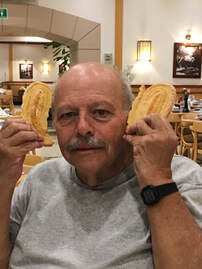 We are very sorry to inform the IGA members of the passing of our friend and Country Representative (Mexico) Arturo Trejo. Here are messages from IGA Board of Directors. “Arturo was a good friend, and mentor to a whole generation of small ruminant scientists and producers. He was a wonderful host when I visited Mexico City for a goat conference in 2017. He made sure that I learned my Mexican history and tasted the local specialities! He will be missed. I met him for the first time at the ICG in 2016 in Antalya. He also considered himself the unofficial photographer for IGA, and had sent me pictures from past ICGs.” Beth Miller, Past PresidentWe are very sorry to inform the IGA members of the passing of our friend and Country Representative (Mexico) Arturo Trejo. Here are messages from IGA Board of Directors. 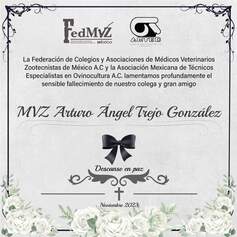 “All our sympathies and condolences are extended to his family and friends. We always will remember Arturo with his camera and his wonderful smile. He was a good man.” Noemi Castro, IGA President “I am very sorry to receive this news. Our thoughts and prayers are with his friends and family.” Carina Visser, IGA Vice President “Very sad news! My sympathies and condolences to his family.” Yingjie Zhang, IGA Vice President  “It's heartbreaking news. I am so sorry to hear that. He will be missed.” Yoko Tsukahara, IGA Secretary-Treasurer “Really sad news for all of us in Mexico and for all the people who knew him worldwide. We just made a ceremony of recognition for his career and contributions in the goat and sheep sector at a national conference last October. A true promoter of goat and sheep culture and science. We will miss him! My warm sympathies to his family and close friends,” Juan Felipe Torres Acosta, IGA Board 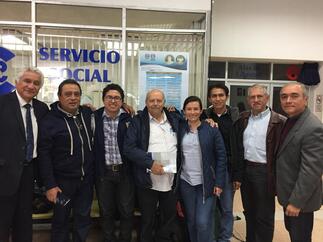 Very sad news and bad news for the "goat community" With my condolences to his family.” Hervé Hoste, IGA Board “This is sad news! My condolences to his family and the extended IGA family!” Sandor Kukovics, IGA Board “Really sad news, but he never died in my thoughts, I shall always remember this man inviting me to tequila. Thank you again Dr Trejo.” Anastasio Arguello “Tacho” Henriquez, IGA Board “Our sincere heartfelt condolences to his family and friends. The news is really sad and we pray for God to console the family and stand by them in this trying moment. May God grant his soul eternal rest. Amen.” Chryss Onwuka, IGA Board  “With a heavy heart as Arturo was such a wonderful, genuine person and a great colleague, I am sending you the only picture I could find in my files, pictures taken in 2017 in a restaurant when Arturo invited Beth and myself at the 2017 AMPCA (Asociación Mexicana de Producción Caprina-Mexican Association of Goat Production) conference held at his university at FES Cuautitlan outside of Mexico City. He may have been the president of the association that year.” Jean-Marie Luginbuhl, IGA Advisory Board Here are some memorable times with Arturo at the IGA Conferences.
Mahmoud Vatankhah (1), Nader Papi (2), Farhad Mirzaei (2)
(1) Animal Science Research Department, Chaharmahal and Bakhtiari Agricultural and Natural Resources Research and Education Center, AREEO, Shahrekord, Iran. (2) Agricultural Research Education and Extension Organization (AREEO), Animal Science Research Institute of Iran, Karaj. History of goat breeding in the province There are more than seven thousand years of history of animal husbandry in the Chaharmahal and Bakhtiari provinces. Perhaps the start of animal husbandry in this province was by pastoralists utilizing access to forage sources for livestock. Small animals (sheep and goats) were the focus in these provinces. The Bakhtiari area is where humans domesticated animals and plants for the first time. Also, some animals, especially goats, were tamed for the first time in the mountains of Bakhtiari. Geographic distribution areas The Bakhtiari black goat breed is one of the most popular in Iran. Although this breed is distributed across provinces in the Zagros Mountains, this population is mainly located in the western and southwestern parts of Iran, especially in the Chaharmahal and Bakhtiari, Lorestan and Khuzestan provinces. Stay up-to-date on the latest information about parasitic worms in livestock with the Timely Topics section of WormX.info!
The American Consortium for Small Ruminant Parasite Control (ACSRPC) provides this valuable resource with expert insights on everything from diagnosis and treatment to prevention and control of parasitic worms in a variety of animals. Whether you’re a farmer, veterinarian, or livestock owner, this information is essential for maintaining the health and well-being of your animals. Don't miss out on this valuable resource - check out Timely Topics on WormX.info today! #WormX #TimelyTopics #LivestockHealth https://www.wormx.info/timelytopics Looking to raise goats in your backyard?
Check out this amazing collection of goat guides from Backyard Goats! From choosing the right breed to feeding and care, their comprehensive guides have everything you need to know to keep your goats happy and healthy. Whether you’re a first-time goat owner or a seasoned pro, you’ll find the help you need to get the most out of your Backyard Goats. Don't miss out on this valuable resource! #backyardgoats #goatguide #iamcountryside https://backyardgoats.iamcountryside.com/ownership/goat-guide-collection Introduction
While domestic goats are not native to Canada, they have proven to be extremely adaptable to our diverse resources, climate, and geography. In this relatively young and growing sector of agriculture, the central focus of the Canadian goat industry is production of milk, meat, and fibre managed under a variety of housing and grazing systems. Ontario and Quebec are the main producers of goat products in Canada. Goat milk is mainly made into cheese with a lesser amount being processed into yogurt, ice cream, fluid milk, butterfat, and powdered milk. Goat milk production is a small proportion of total milk production in Canada; however, there has been substantial growth in the number of animals, farms, and total milk produced. In Canada, the number of meat and dairy goats has increased from 230,034 goats reported in the 2016 Census to 253,278 goats on 4,801 Canadian farms in 2021 (20, 21). New Canadians also continue to support their cultural traditions and food preferences which often include goat meat. To meet this demand, the availability of goat meat in larger cities is increasing. Due to their naturally curious and interactive nature, goats are also commonly featured in agri-tourism and unique small businesses such as pack animals, targeted grazers, exercise companions, petting zoos, and entertainment. They are also commonly kept as companion animals, pets, or in small hobby herds. Regardless of their purpose, the same principles of responsible care and management must be practiced across the industry to safeguard the well-being of goats. An animal is in a good state of welfare if (as indicated by scientific evidence) it is healthy, comfortable, well nourished, safe, able to express innate behaviour, and if it is not suffering from unpleasant states such as pain, fear, and distress (11). Codes of Practice strive to promote standards of care that reflect achievable balances between animal welfare and producer capabilities. This Code updates the 2003 goat Code of Practice. It attempts to reflect both modern and traditional management practices while seeking to advance animal welfare as described by NFACC. The Iowa State University Extension and Outreach dairy team will continue its dairy goat webinar series in 2023 with all webinar dates and topics listed below. All webinars will be from noon to 1:15 p.m., and are free to attend.
Webinar Dates and Topics
There is no fee to attend the program; however, registration is required. This work is supported by the USDA National Institute of Food and Agriculture, Agricultural and Food Research Initiative Competitive Program, Antimicrobial Resistance number: 2020-04197. Register in advance for this meeting at https://go.iastate.edu/2023DAIRYGOATWEBINARS or contact Jennifer Bentley, dairy specialist with ISU Extension and Outreach, at [email protected], 563-382-2949. Registrants will receive a confirmation email containing information about joining the meeting. As dates and topics are announced, information will also be provided about future webinars. Jennifer Bentley ISU Extension and Outreach Dairy Field Specialist 2316 Sweet Parkway Road Decorah, IA 52101 [email protected] Office: 563-382-2949 Dairy News and Views from ISU Podcast www.extension.iastate.edu/dairytea |
IGA Blog
The International Goat Association promotes goat research and development for the benefit of humankind, to alleviate poverty, to promote prosperity and to improve the quality of life. Archives
May 2024
Categories
All
|
|
International Goat Association
2516 Millbrook Rd., Little Rock, AR72227 USA email: [email protected] -454-1641 |
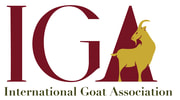
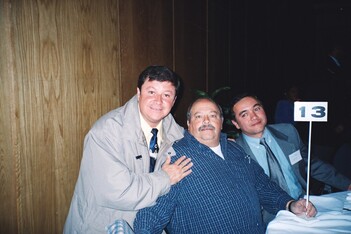
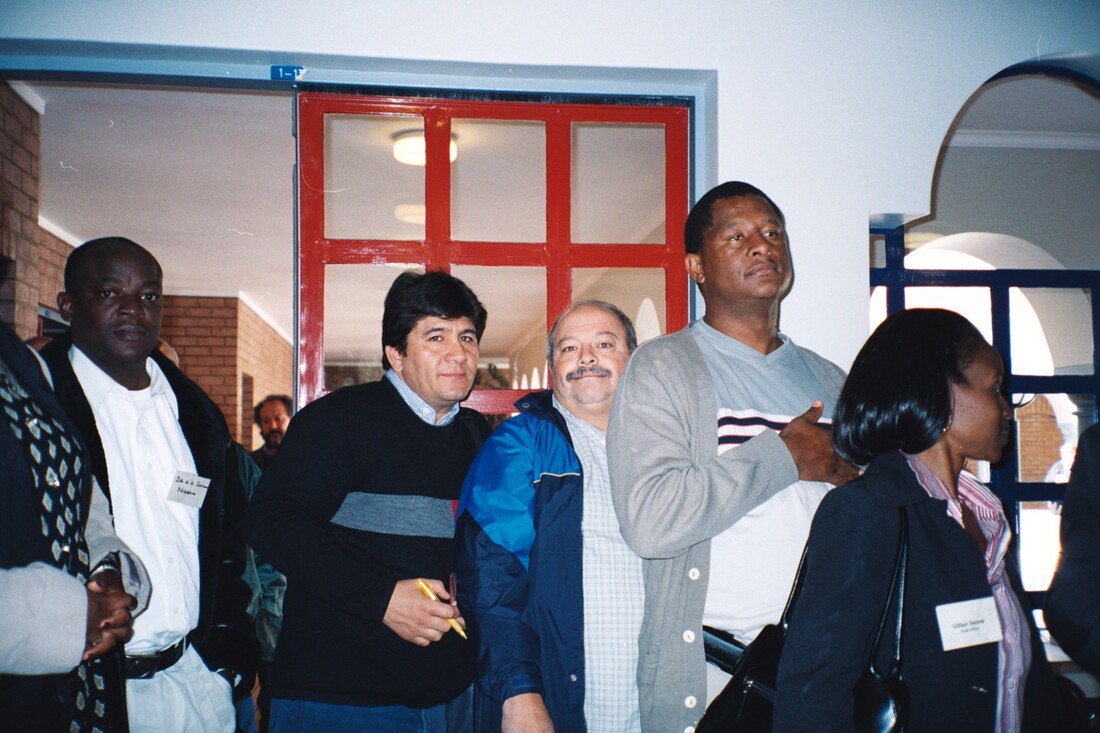
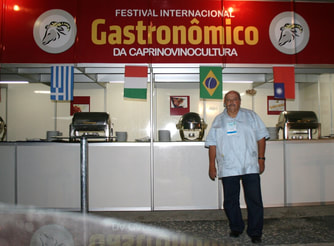
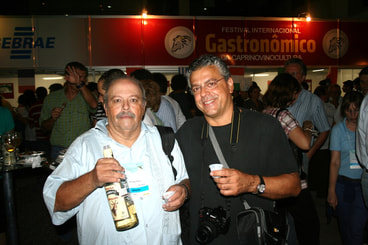
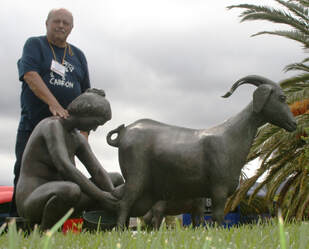
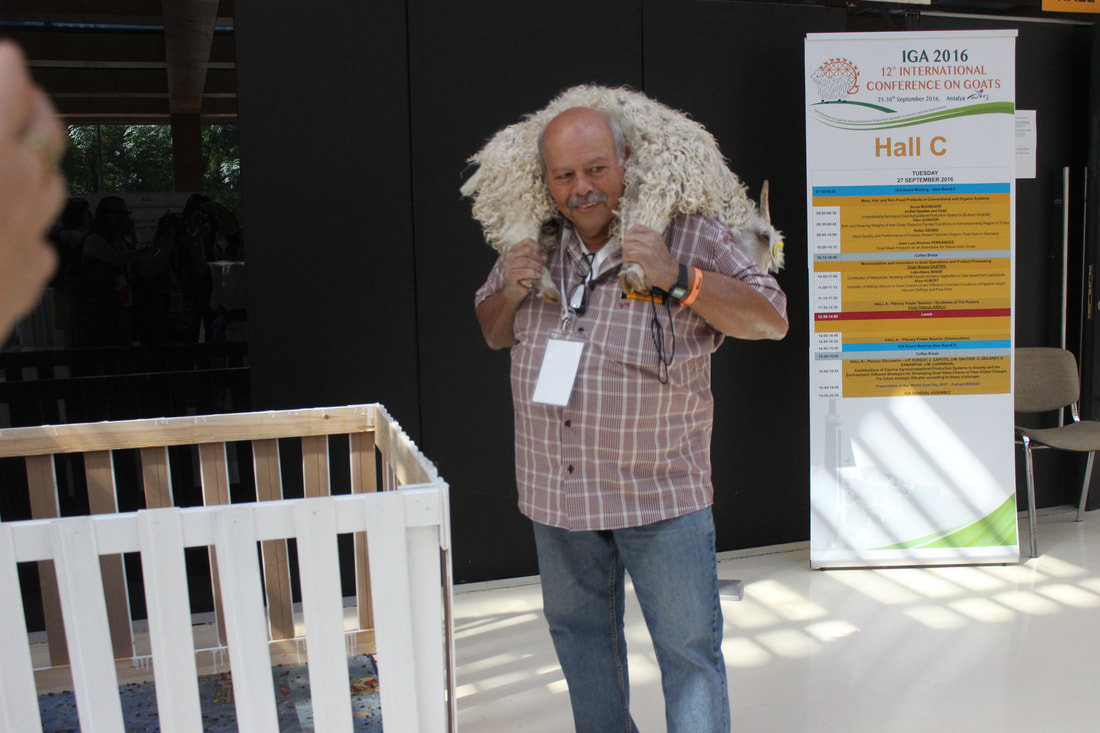
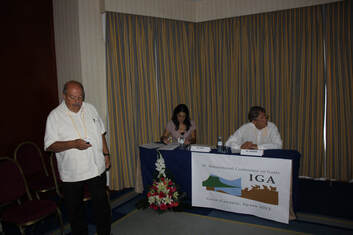
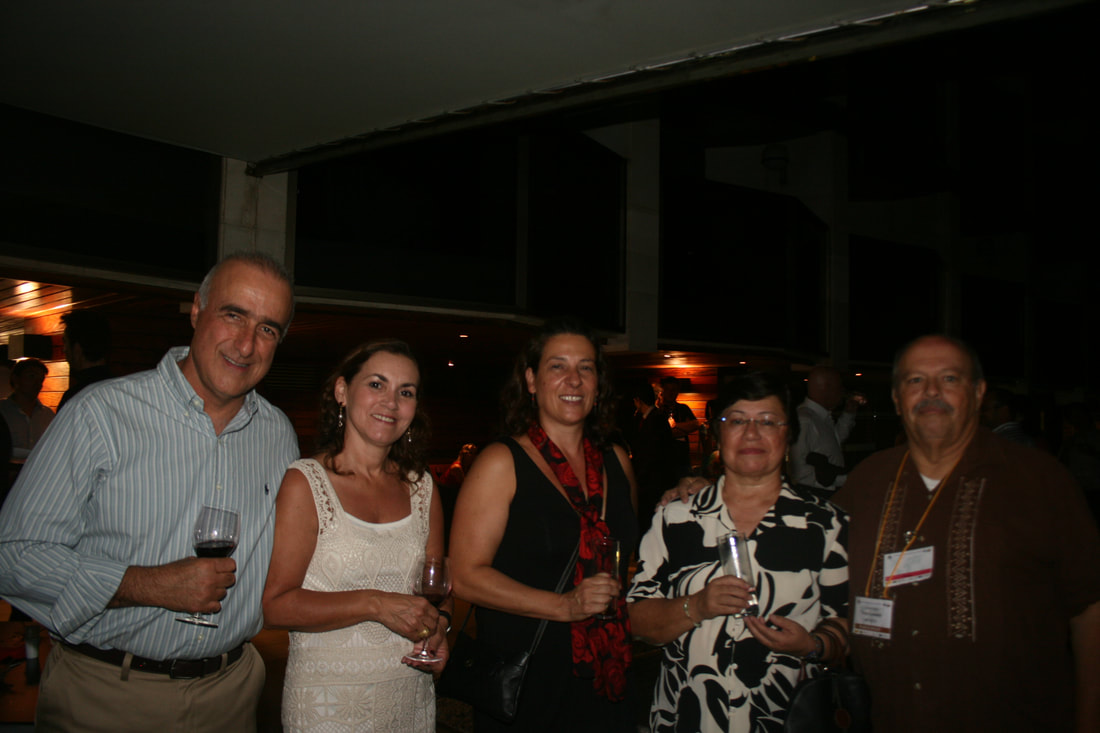
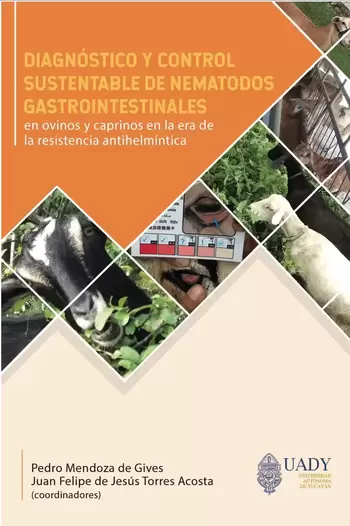
 RSS Feed
RSS Feed